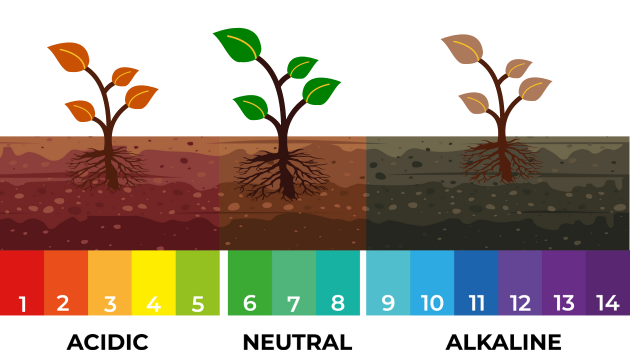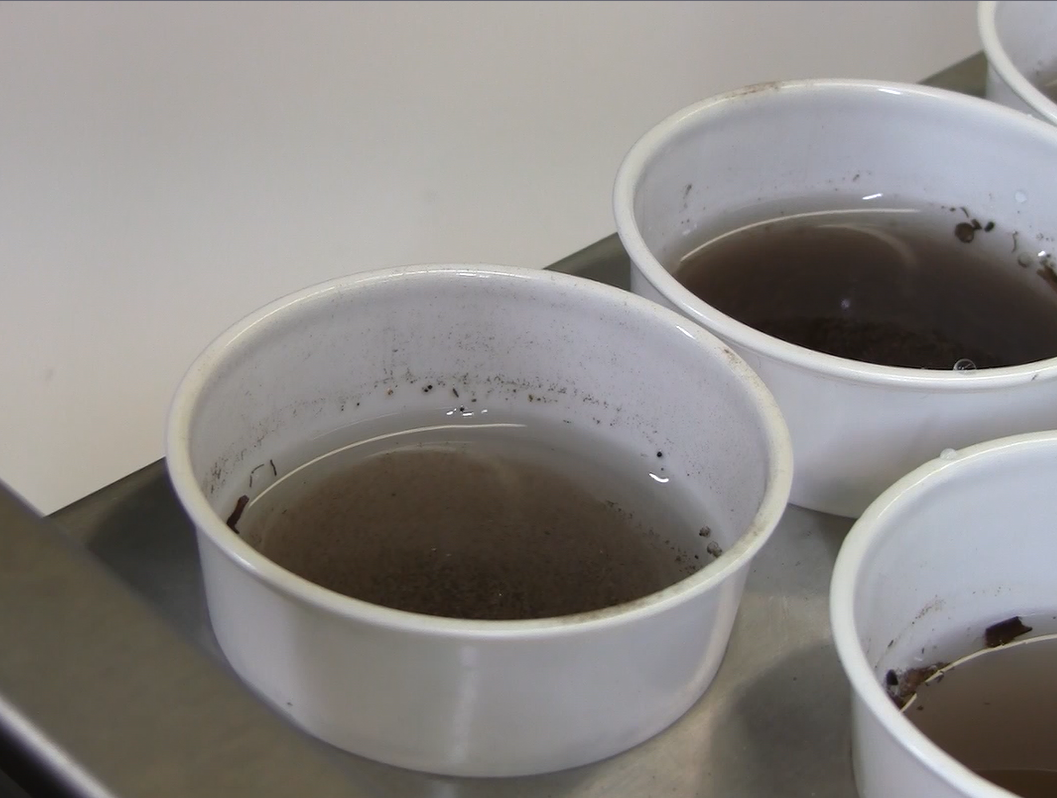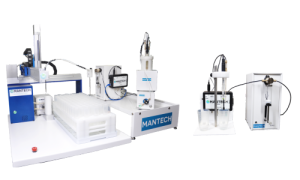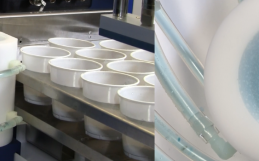Measuring Exchange Acidity for Soil Management
Soil Acidity and Its Implications
Soil pH is used to determine if the soil is neutral (pH=7), alkaline (pH>7) or acidic (pH<7) and is an important indicator of soil health. This information is valuable for research and the management of soils in the agriculture industry.
Typically, plants thrive in soils with pH levels between 6 and 7. Highly acidic soils can reduce nutrient availability and negatively affect plant growth. Agriculture lime is often used to neutralize highly acidic soils by increasing their pH levels. The amount of lime needed is determined by the target pH of the intended crops and the soil’s buffering capacity, or ability to resist changes in pH.

Soil acidity is mainly composed of two components: active acidity and exchange acidity. Active acidity is the hydrogen ions (H+) in soil solution and indicates if soil needs to be neutralized. Active acidity can be determined with a soil pH test. However, even if agricultural lime is used to neutralize these ions, soils also contain acid cations, hydrogen ions (H+) and aluminum ions Al3+) or exchange acidity that can replace those neutralized by lime. Soils with large amounts of exchange acidity are said to be well buffered and resistant to changes in pH. Therefore, more lime is required to neutralize these soils which makes measuring exchange acidity important to determine how much lime is needed to adjust the pH level of the soil.

How is exchange acidity measured?
Exchange acidity is determined using an extraction with a neutral salt solution such as potassium chloride (KCl). The acid ions (H+ and Al3+) that are held in the soil colloids are extracted into solution in the presence of a displacing ion (K+). Afterwards, the extract is titrated with a sodium hydroxide solution to a pH of 8.0 . Exchange acidity is calculated from the pH 8.0 endpoint volume of the extract titration, subtracting the endpoint volume of a blank extraction.

Automated Exchange Acidity in Soils Solutions by MANTECH
Measuring exchange acidity can take time especially if there are many soil samples to analyze. Our MT Series of Automated Environmental & Multi-Parameter Analyzers can assist analysts by automating soil analyses including pH, acidity exchange acidity and more. The MT series is available as a simple benchtop system (MT3, MT5) or with an autosampler (MT10, MT30, MT100). For exchange acidity, MANTECH systems can automate the steps following the 15G1 Exchange acidity (H+ and Al3+) by 1M potassium chloride method.


MANTECH Pro software is included with all MT systems and allows analysts to view results, generate and search reports, view titration plots and more while the system is running. Shortcut buttons enable analysts to set up routine analyses quicky. With email alerts, analysts can walk away as the analyzer performs soil analysis and be notified once the run is complete, freeing up their time for more important tasks.






